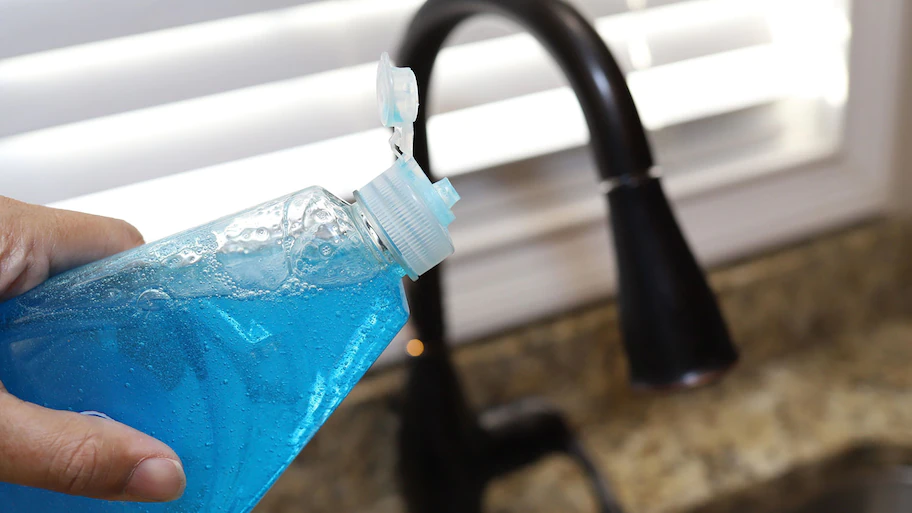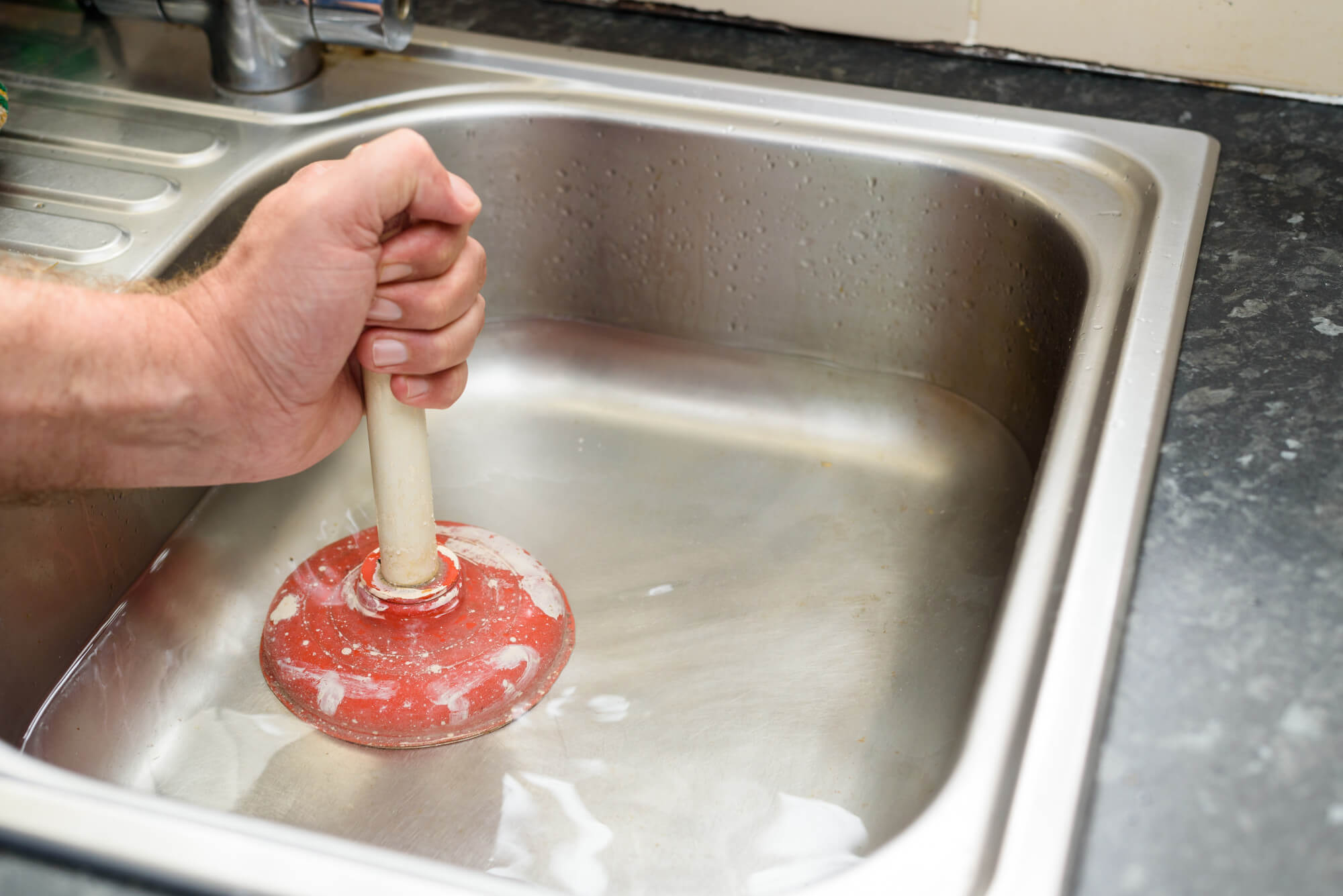Techniques for Tackling a Blocked Drain Before Contacting Professional Plumbers
Techniques for Tackling a Blocked Drain Before Contacting Professional Plumbers
Blog Article
We have discovered this great article involving Some easy tips to fix blocked drains directly below on the net and figured it made perfect sense to relate it with you over here.

Introduction
Handling an obstructed drainpipe can be an irritating experience, interrupting everyday tasks and potentially causing damage to your building. However, before reaching out to pipes experts, there are actions you can take to deal with the concern yourself. In this overview, we'll discover do it yourself options and safety nets to tackle a blocked drainpipe effectively.
Recognizing the Problem
The primary step in addressing an obstructed drain is identifying the indications. Slow water drainage, gurgling sounds, foul odors rising from drains pipes, or water backing up are common signs of an obstructed drainpipe. Identifying these indications early can assist prevent additionally complications.
Choosing the Right Plumbing Solution
When selecting a plumbing solution, think about elements such as experience, licensing, and customer reviews. Choose a reliable plumber with a track record of top quality craftsmanship and transparent pricing techniques.
Expense Considerations
The expense of professional drain cleaning company can differ relying on the intensity of the obstruction and the plumber's rates. Demand quotes from numerous carriers and inquire about any type of surcharges to ensure openness and avoid shocks.
Security Precautions
When trying DIY drainpipe cleaning, focus on security. Put on safety handwear covers and eyewear to stay clear of contact with dangerous chemicals or microorganisms. Never mix various drainpipe cleansing products, as this can produce hazardous fumes.
Case Studies
Real-life examples illustrate the performance of DIY remedies and the importance of timely specialist treatment in resolving drain blockages.
Usual Reasons For Blocked Drainpipes
Understanding the factors that add to drain pipes clogs is crucial for effective resolution. Usual wrongdoers include hair, soap scum, grease, food debris, and foreign things like hygienic items or paper towels. Tree roots getting into below ground pipes can likewise create significant blockages.
Do it yourself Solutions
For minor clogs, several do it yourself services can be effective. Putting boiling thin down the drainpipe can help liquify oil and particles. Baking soda and vinegar or a blend of salt and cooking soft drink can work as all-natural cleansers. Making use of a plunger or plumbing serpent to displace obstructions is another choice.
Tools and Devices
Having the right tools on hand can make DIY drain cleaning a lot more efficient. A bettor is a versatile tool for removing obstructions in sinks, commodes, and showers. A pipes snake or auger can reach much deeper obstructions, while drainpipe cleaning chemicals can be utilized meticulously for persistent clogs.
Preventive Measures
To avoid future clogs, taking on safety nets is important. Mount drain guards or strainers to capture hair and particles before they get in the pipes. Regularly flush drains with warm water to dissolve oil accumulation, and prevent disposing of grease or strong waste down the drain.
When to Call a Specialist
While DIY options can deal with minor clogs, particular signs indicate the need for professional support. Relentless obstructions, foul odors in spite of cleaning initiatives, or numerous drains backing up concurrently are warnings that warrant expert intervention.
Final thought
By complying with the ideas described in this overview, you can effectively deal with blocked drains pipes and protect against future pipes problems. Whether choosing do it yourself services or looking for specialist help, prompt activity is essential to preserving a healthy and balanced plumbing system and preserving the integrity of your home.
How to Clear a Clogged Drain Yourself (And When to Call In the Professionals)
What Can Clog a Drain
Dirt Skin flakes Hair Grease Soap scum Food Offset pipes Tree roots Small objects Mineral buildup DIY Tricks to Unclog a Drain
You can fix this! Once you have identified the source of the clog (or have a vague idea), you can try one or a combination of these fixes in order to clear your plumbing.
Wire Hanger or Snake
Untangle and clear out hair from a drainpipe with a homemade snake. Use a straightened-out wire hanger with a 90-degree angle hook to locate the clog and drag out any unwanted material.
Remember not to push the clog further down to where the wire hanger cannot reach! If you need to follow up with a plunger, give it a try. Your efforts might be more successful after it’s been wire-snaked.
If you want to get fancy and don’t have a wire hanger to spare, head to the store and pick up a hand-operated drain snake. You can get one for $10-$30. It may save you the hassle, and provide additional length to reach deep into the clogged pipe.
Plunger
A cup plunger has a suction cup attached to a wooden handle. The rubber creates a seal around the drain, and increases the pressure force of the plunger.
Plunge for 30-second increments to loosen the clog. This may need to be repeated over the course of 15-20 minutes. Once plunged, run the water to flush the remaining material out of the drain.
Remember– never use a plunger if you have used a chemical drain cleaner. These chemicals can splash up from the force of the plunger and cause serious injury or burns.
Boiling Water
Hot water can sometimes break up materials into a flushable amount. Dirt, grease, and soap buildup requires heat in order to unstick from surfaces.
Take your kitchen kettle and heat your water to a boil. Once it reaches a rolling boil, pour it directly down the drain into the blockage. Carefully follow with plunging, if necessary.
Don’t worry if this takes more than one try! It can often take multiple kettles and repeated plunging in order to clear a particularly stubborn clog.
Chemical Drain Cleaner
As a last resort, pick up a bottle of chemical drain cleaner. Drain-cleaning chemicals are potent, and not very good for the environment.
You may need to wear protective eyewear in gloves before handling your bottle of chemical drain cleaner. Follow the instructions printed on the bottle, and flush with water as soon as the instructions allow. Do not follow with plunging.
Baking Soda and Vinegar
As a safer alternative to chemical drain cleaner, baking soda and vinegar can create a chemical reaction that clears tough clogs.
Combine one cup of cleaning vinegar with one cup of boiling water, and set aside. Once you have done this, pour half a cup of baking soda down the drain. Give the baking thirty seconds to settle and cover a large portion of the problem drain.
Following the baking soda, pour down your vinegar and hot water solution. Once the vinegar and baking soda combine, the mixture will bubble and fix. Let this reaction fizzle in the drain for about an hour.
After an hour, follow with a kettle’s worth of hot water. The heat and liquid should flush out any remaining material.
When to Call a Plumber
If your DIY attempts haven’t cleared your clog drain, it’s time to call in a professional. It’s not worth losing access to your kitchen sink or high-traffic bathroom. A clog in a vital area can keep you from the things you’d rather be doing, and derail your routine.
Anytime a clog is causing water to spread is a time to call in a plumbing service. What starts out as a little bit of water can quickly grow into serious, expensive water damage.
Additionally, a serious clog can result in burst pipes or serious leaks. Make sure you know when to take it seriously!
https://myguysnow.com/how-to-clear-a-clogged-drain-yourself-and-when-to-call-in-the-professionals/

Do you enjoy reading up on Tips for Dealing with Clogged Drains and Sewer Lines? Post a review directly below. We will be glad to hear your responses about this article. Hoping to see you back again before long. Sharing is caring. Helping people is fun. Thank you so much for going through it.
Quote Report this page